You might not realize how essential joint flexibility is for your overall well-being and daily movement. Simple adjustments in your routine, like incorporating targeted stretches and mindful practices, can make a significant difference. With the right approach, you can enhance your range of motion and reduce discomfort without relying on supplements or invasive methods. Curious about what specific techniques and nutritional changes can support this journey? Let's explore the natural ways to boost your joint flexibility and find out what works best for you.
Importance of Joint Flexibility
Joint flexibility plays an essential role in your overall health and well-being. When your joints are flexible, you move more freely and easily, allowing you to engage in daily activities without discomfort. This flexibility helps you maintain proper posture, which reduces the risk of injuries and improves your body mechanics.
Moreover, good joint flexibility enhances your athletic performance. Whether you're running, dancing, or lifting weights, flexible joints enable a greater range of motion, allowing you to execute movements more efficiently. This efficiency can lead to better results, whether you're competing or simply enjoying physical activities.
In addition to physical performance, joint flexibility also contributes to your mental well-being. When you can move with ease, you're less likely to feel frustrated or restricted in your movements. This sense of freedom can boost your mood and encourage you to stay active, creating a positive feedback loop for your physical and mental health.
Furthermore, maintaining joint flexibility is vital as you age. Over time, your joints naturally lose some flexibility due to factors like wear and tear, reduced activity levels, and muscle stiffness.
Prioritizing flexibility helps counteract these effects, ensuring you remain mobile and independent as you get older.
Natural Stretching Techniques
When it comes to enhancing your joint flexibility, natural stretching techniques can make a significant difference.
You'll find that dynamic stretching can warm up your muscles and improve your range of motion, while static stretching helps maintain flexibility over time.
Let's explore how these methods can benefit your overall mobility.
Dynamic Stretching Benefits
Dynamic stretching offers numerous benefits that can greatly enhance your flexibility and overall performance. When you incorporate dynamic stretches into your routine, you prepare your muscles and joints for action, reducing the risk of injury during physical activities.
Unlike static stretching, which involves holding a position, dynamic stretching involves movement, effectively increasing blood flow to your muscles and improving their elasticity.
As you engage in dynamic stretches, you'll notice an increase in your range of motion. This can lead to a more efficient workout, allowing you to perform exercises with better form and power. Movements like leg swings, arm circles, and torso twists not only elevate your heart rate but also activate the muscle groups you'll use during your workout.
Moreover, dynamic stretching can boost your athletic performance. Whether you're running, jumping, or lifting weights, your body will respond better when it's warmed up and ready to go.
Static Stretching Techniques
After warming up with dynamic stretches, it's time to focus on static stretching techniques to further promote your flexibility.
Static stretching involves holding a stretch at the end of your range of motion for a specific duration, typically 15 to 60 seconds. This allows your muscles to relax and lengthen, improving overall flexibility.
Begin by choosing a target muscle group. For example, to stretch your hamstrings, sit on the floor with one leg extended and the other bent, reaching for your toes. Make sure to breathe deeply and avoid bouncing; the key is to maintain a steady position without forcing it.
Incorporate a variety of stretches into your routine, such as the quadriceps stretch, where you pull your heel to your glutes, or the shoulder stretch, crossing one arm across your body.
Remember to switch sides to promote balanced flexibility.
Aim to include static stretching at least three times a week, preferably after workouts when your muscles are warm. This practice not only enhances flexibility but also aids in muscle recovery, reducing the risk of injuries and improving your overall performance.
Role of Nutrition
Nutrition plays a significant role in enhancing joint flexibility, as it provides the essential nutrients your body needs to maintain healthy connective tissues. A balanced diet rich in vitamins, minerals, and healthy fats can support joint health and overall mobility. For instance, omega-3 fatty acids, found in fish like salmon and walnuts, possess anti-inflammatory properties that can help reduce stiffness in your joints.
Moreover, antioxidants such as vitamins C and E play an important part in protecting your joints from oxidative stress. Citrus fruits, berries, and nuts are excellent sources of these vitamins, and incorporating them into your meals can provide the protective benefits your body craves.
Calcium and vitamin D are also essential for maintaining strong bones and connective tissue. You can find calcium in dairy products, leafy greens, and fortified foods, while sunlight exposure helps your body produce vitamin D naturally.
Don't overlook the importance of hydration, too. Staying well-hydrated keeps your joints lubricated and can prevent discomfort during movement. Aim to drink plenty of water throughout the day, especially before and after physical activities.
Lastly, consider incorporating foods rich in collagen, like bone broth, into your diet. Collagen supports the structure of your joints, tendons, and ligaments.
Exercise for Joint Health
Incorporating regular exercise into your routine is essential for maintaining joint health and enhancing flexibility. When you engage in physical activity, you increase blood flow to your joints, which helps deliver important nutrients and reduces stiffness. Strength training, stretching, and low-impact exercises can be particularly beneficial for your joints.
Strength training is important because it helps build the muscles surrounding your joints, providing extra support. You don't need heavy weights; bodyweight exercises like squats, lunges, and push-ups can be highly effective. Aim for two to three sessions per week, focusing on all major muscle groups.
Stretching is another key component of joint health. By incorporating dynamic stretches before your workouts and static stretches afterward, you can improve your range of motion. Yoga and Pilates are excellent for enhancing flexibility while also promoting balance and core strength. These practices allow you to gently stretch your muscles and joints, keeping them supple and functional.
Low-impact exercises, such as swimming, cycling, or walking, are fantastic choices for those with joint concerns. They provide a cardiovascular workout without putting excessive stress on your joints. Aim for at least 150 minutes of moderate-intensity aerobic activity each week.
Finally, always listen to your body. If you experience pain during any exercise, it's important to stop and reassess. Finding the right balance of exercise will help you maintain joint health, increase flexibility, and improve your overall quality of life.
Mindfulness and Mobility
Mindfulness can transform your mobility routine by helping you connect with your body on a deeper level.
Incorporating mindful movement practices and focused breathing techniques can enhance your joint flexibility and overall well-being.
Mindful Movement Practices
While you may not realize it, the way you move your body can greatly impact your joint flexibility and overall well-being. Practicing mindful movement helps you develop a deeper connection to your body, allowing you to enhance flexibility and reduce the risk of injury. By focusing on each motion, you can become more aware of your body's limitations and strengths.
Start by incorporating gentle exercises like yoga or tai chi into your routine. These practices emphasize slow, deliberate movements that promote flexibility and balance. Pay attention to how your joints feel during each pose or shift; this awareness can guide you to adjust your movements as needed.
As you move, try to release any tension you might be holding in your muscles. This approach not only improves flexibility but also enhances your overall mobility.
Additionally, consider integrating mindful walking into your day. Focus on each step, the sensation of your feet touching the ground, and the rhythm of your breath. This practice grounds you in the present moment, fostering a greater understanding of your body's natural movement patterns.
Embrace these mindful movement practices, and you'll likely notice significant improvements in your joint flexibility over time.
Breathing Techniques for Flexibility
When you focus on your breath, you can greatly enhance your flexibility and overall mobility. Breathing techniques help you connect your mind and body, allowing for deeper stretches and improved range of motion.
Here are three effective breathing techniques you can incorporate into your flexibility routine:
- Diaphragmatic Breathing: Sit or lie down comfortably. Place one hand on your belly and the other on your chest. Inhale deeply through your nose, allowing your belly to rise while keeping your chest still. Exhale slowly through your mouth. This promotes relaxation and oxygenates your muscles.
- Box Breathing: Inhale for a count of four, hold for four, exhale for four, and hold again for four. Repeat this cycle several times. Box breathing calms your nervous system, making it easier to stretch without tension.
- Extended Exhalation: Inhale deeply for a count of four, then exhale for a count of six or eight. This technique activates your parasympathetic nervous system, helping you release tension in your muscles and joints.
Lifestyle Changes for Flexibility
Incorporating simple lifestyle changes can greatly enhance your joint flexibility. Start by evaluating your daily routine. If you spend long hours sitting, whether at a desk or on the couch, it's vital to break that habit. Set a timer to remind yourself to stand up and stretch every hour. This not only keeps your joints moving but also promotes blood circulation.
Next, consider your hydration habits. Staying well-hydrated helps lubricate your joints. Aim for at least eight glasses of water a day, adjusting based on your activity level. You'll find that proper hydration can markedly improve your flexibility over time.
Incorporating regular physical activity into your life is another essential change. Engaging in activities like yoga, swimming, or dancing can enhance your overall flexibility. These activities encourage a full range of motion and strengthen the muscles surrounding your joints.
Try to aim for at least 150 minutes of moderate aerobic exercise each week.
Lastly, pay attention to your diet. Consuming anti-inflammatory foods, such as fatty fish, nuts, and leafy greens, can support joint health. Omega-3 fatty acids, found in fish and flaxseeds, are particularly beneficial.
Conclusion
Boosting your joint flexibility and movement naturally is essential for maintaining mobility and overall well-being. By incorporating a mix of stretching techniques, mindful practices, and a nutritious diet, you can enhance your flexibility and reduce the risk of injury. Remember to stay consistent with your routine and make small lifestyle changes that support your goals. Embrace these practices, and you'll enjoy greater freedom of movement and a healthier, more active life.



